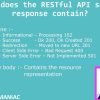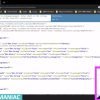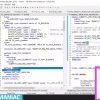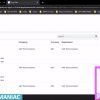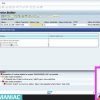This video provides a comprehensive explanation of the OData query options $select, $count, $links, and $value. The presenter uses a previously created project to demonstrate these concepts and their applications.
- Recap of Previous Videos: The presenter begins by recapping the previous videos, where two entity types were created in the project: the sales order entity type and the sales order line item entity type. The presenter also reviews how associations and navigations work and how data can be manipulated using different query options.
- Introduction to OData Query Options: The presenter explains that there are two types of query options: those that require no development (like $metadata) and those that require implementation. The video focuses on the latter.
- $select Query Option: The presenter demonstrates the $select query option, which allows the user to specify which fields they want to retrieve from the service. This is useful when the front-end application doesn’t need all the fields from the service. The presenter shows how to use the $select query option in the URL of the service.
- $count Query Option: The presenter introduces the $count query option, which returns the number of entries in the entity set. This is useful when the front-end application needs to know the number of entries but doesn’t need the actual data.
- $links Query Option: The presenter explains the $links query option, which returns the links to the entries in the entity set. This is useful when the front-end application needs to know the links to the entries but doesn’t need the actual data.
- $value Query Option: The presenter demonstrates the $value query option, which returns the value of a specific field in the entity set. This is useful when the front-end application needs the value of a specific field but doesn’t need the other data.





